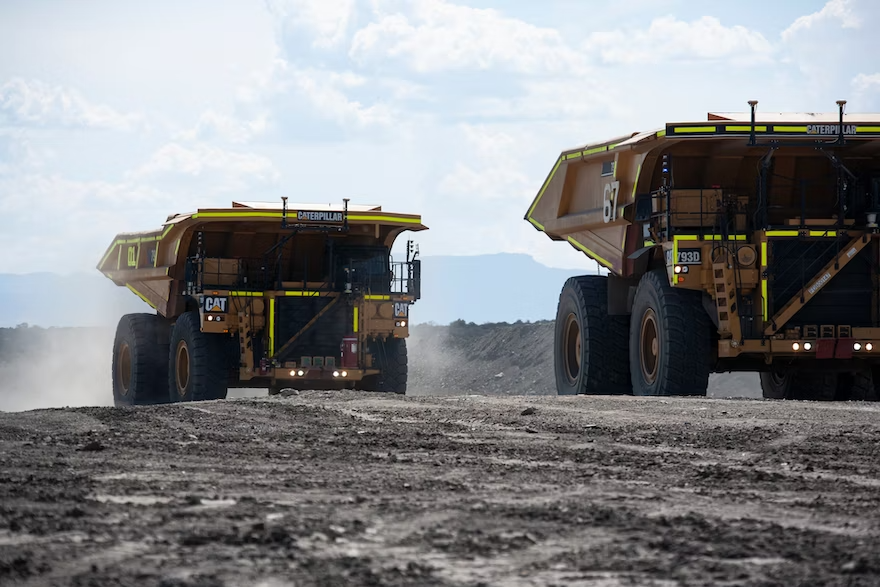The construction industry is one of the oldest and largest industries in the world, but it has been slow to embrace technological change. However, in recent years, there has been a significant shift in the way heavy equipment is operated, thanks to the rise of autonomous and remote-controlled machinery. The global construction market is expected to total just under $9 trillion in 2023 and grow to $14.4 trillion by 2030. Specifically within this market, $192 billion is estimated to go toward construction equipment spending, and is expected to grow at a 6% CAGR.
This emerging market presents a huge opportunity for venture capital as the technology behind autonomous and remote-controlled heavy equipment continues to improve and gain wider acceptance. Here are some key factors driving this trend and why it’s an exciting market for venture capital:
Improved Safety
Safety is a top concern in the construction industry, and autonomous and remote-controlled heavy equipment can help to reduce the risk of accidents.
Currently, 25% of “struck-by-vehicle” fatalities in the United States occur in the construction industry and 75% of all worksite “struck-by” deaths can be attributed to workers near heavy machinery. By operating machines from a safe distance and employing sensors to detect objects and prevent collisions, new technologies can significantly improve work conditions. This improved safety is particularly important in hazardous or challenging environments, such as mining operations, where human operators may be at risk.
One apparent drawback of automation within any sector is job losses. But in construction, this automation is ultimately protecting workers.
Increased Efficiency
Another key advantage of autonomous and remote-controlled heavy equipment is improved efficiency. These machines can work around the clock without breaks or downtime, and can be programmed to work at optimal speeds with precise accuracy. The construction workforce shortage is expected to exceed half a million workers in 2023. With autonomous machines, human capital can be reallocated toward more pressing projects, and the machines can complete monotonous projects more quickly and accurately, resulting in reduced costs and increased profits.
Environmental Benefits
Autonomous and remote-controlled heavy equipment also has the potential to reduce the environmental impact of construction projects. For example, by utilizing electric power instead of diesel, these machines can significantly reduce emissions and noise pollution. This is becoming increasingly important as an increasing number of companies prioritize sustainability and look for ways to reduce their carbon footprint.
Investment Opportunities
For venture capitalists, this emerging market presents a significant opportunity for investment prospects. There are a variety of companies working on developing autonomous and remote-controlled heavy equipment, including established players like Caterpillar and Volvo, as well as startups like Built Robotics and SafeAI. These companies are developing innovative technologies that have the potential to revolutionize the construction industry, and they are looking for investors to help them bring their products to market.
Overall, the rise of autonomous and remote-controlled heavy equipment is an exciting trend that presents substantial opportunities for venture capital. As the technology continues to improve and gain wider adoption, we can expect to see continued growth and innovation in this space. The potential for improved safety, increased efficiency, and environmental benefits make this a market to watch in the coming years.

